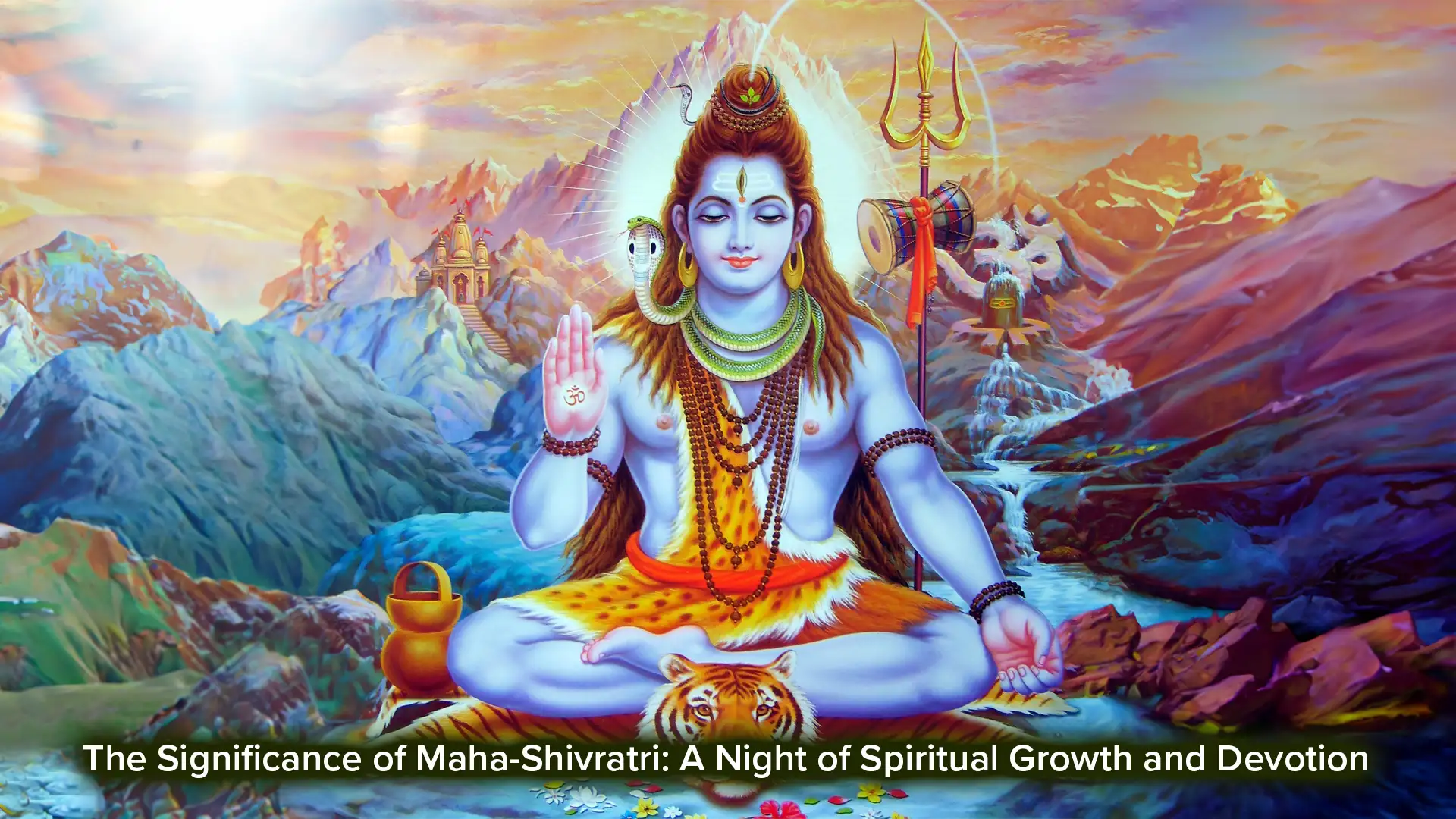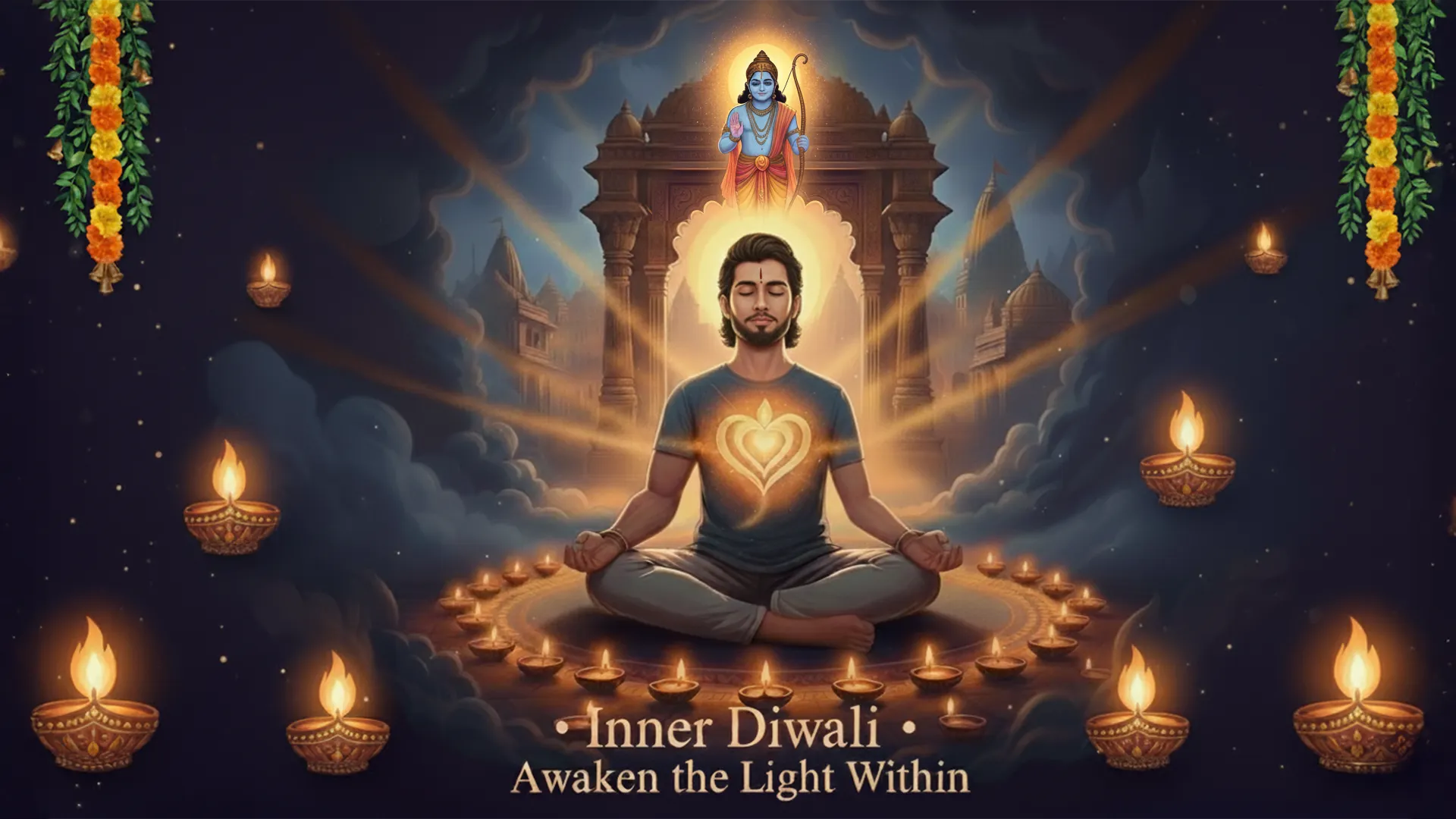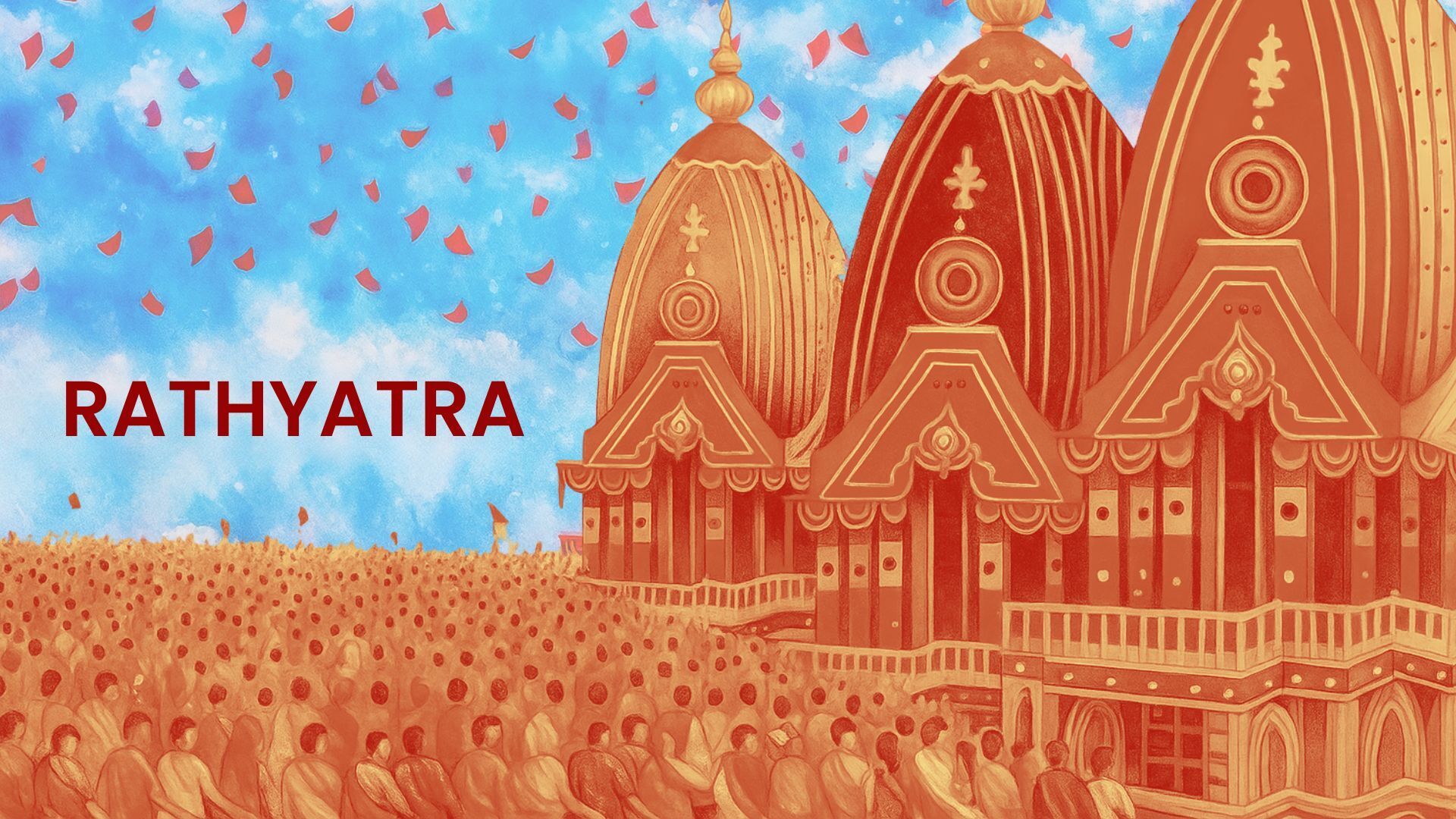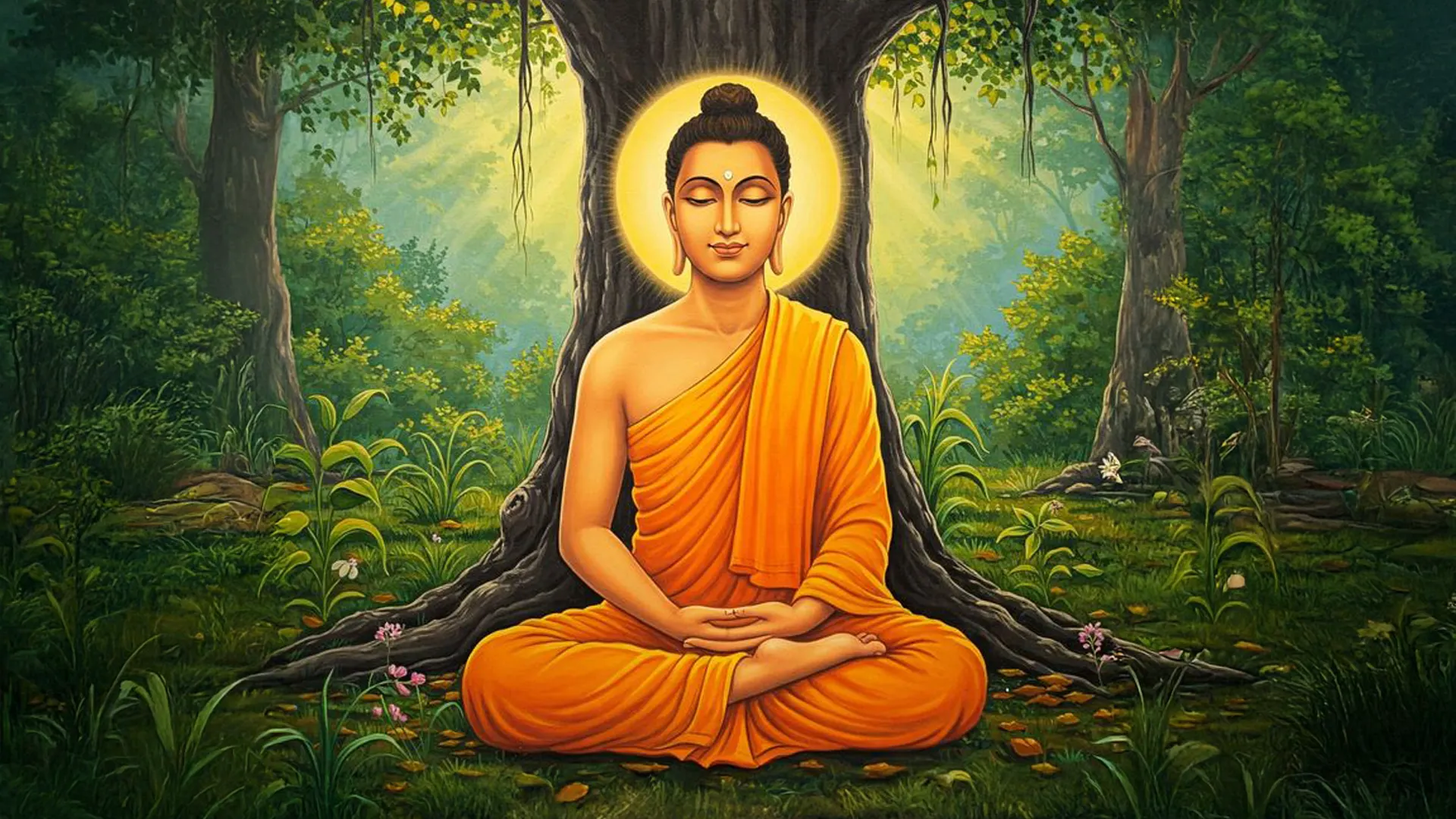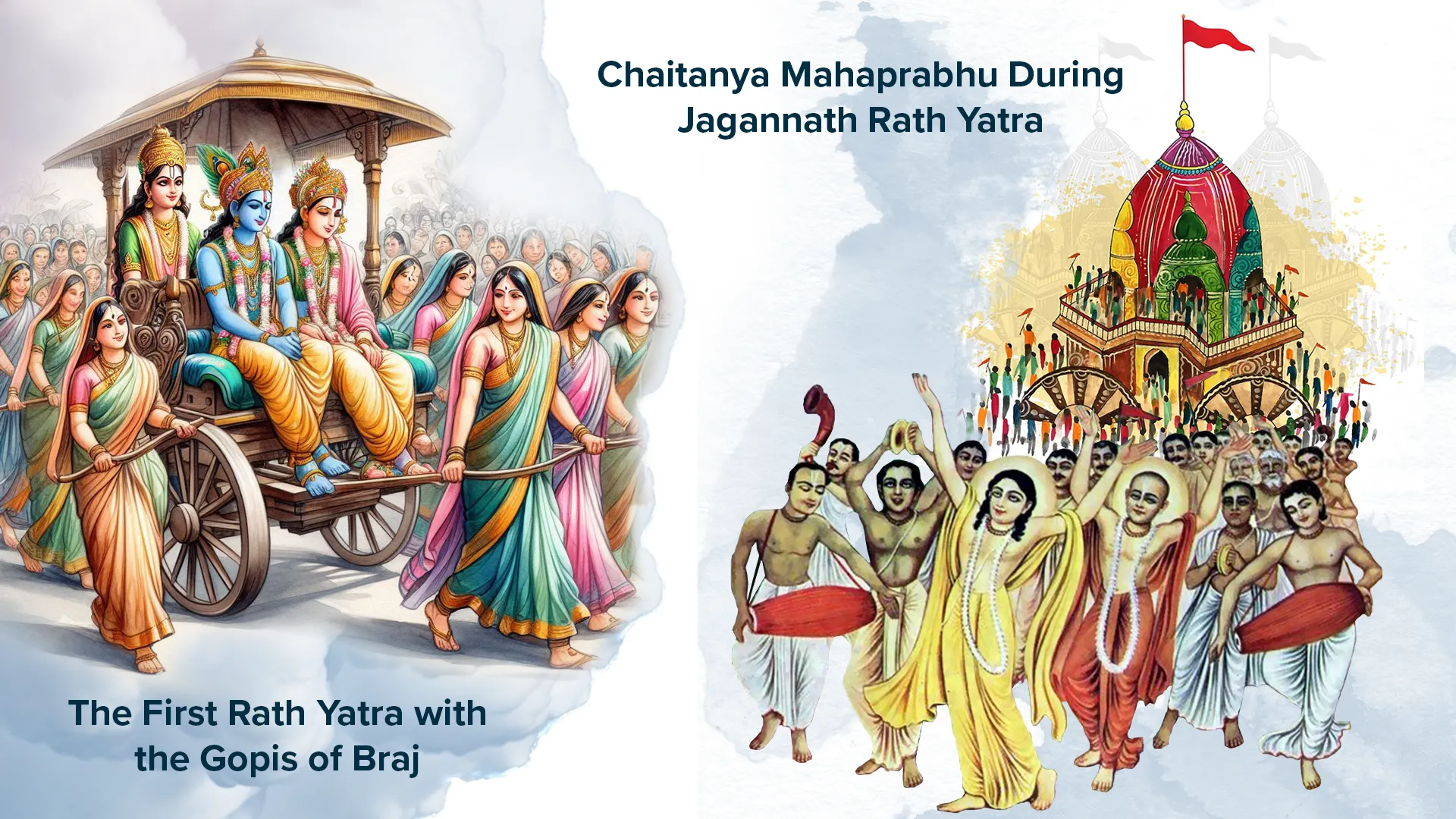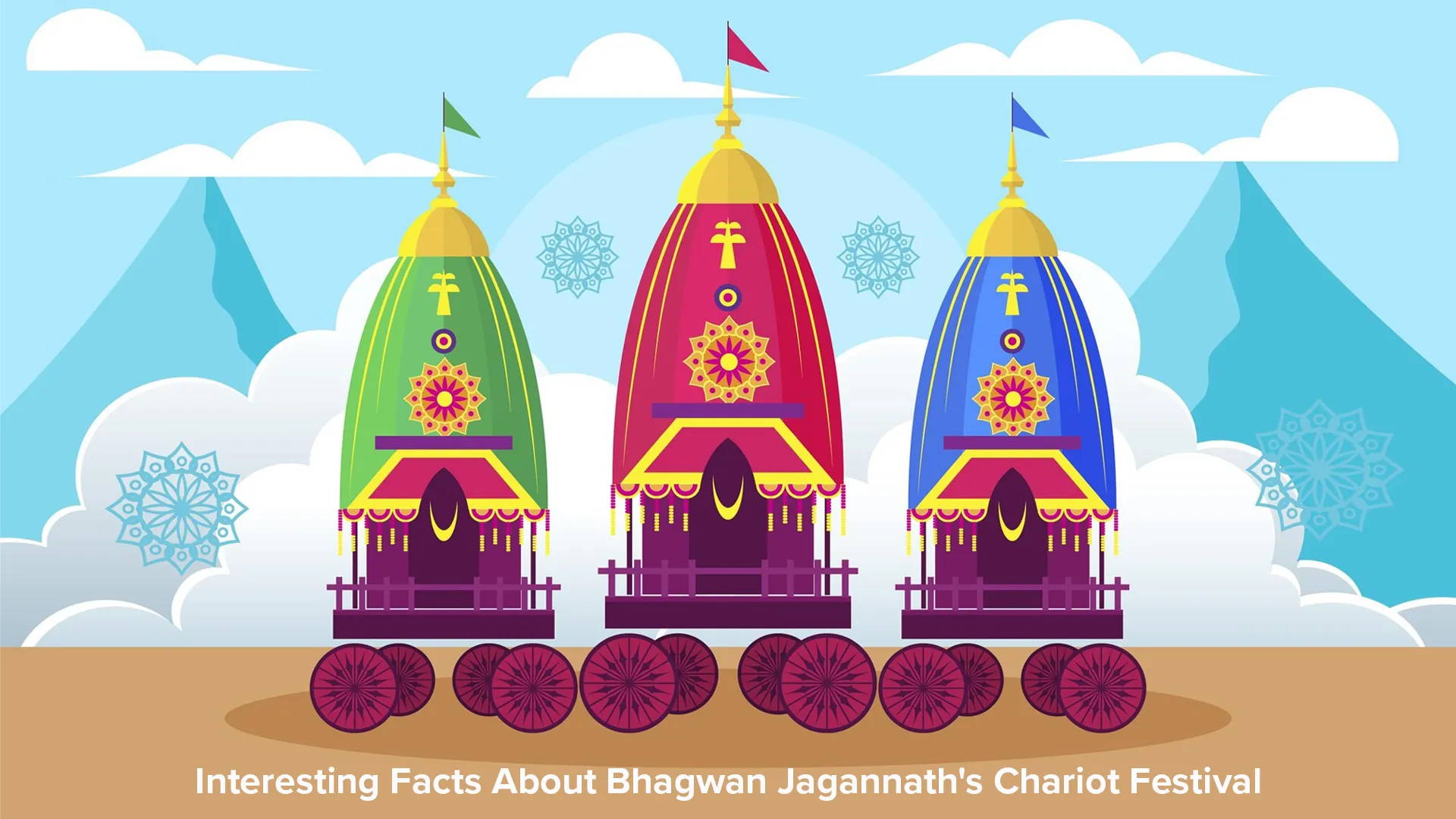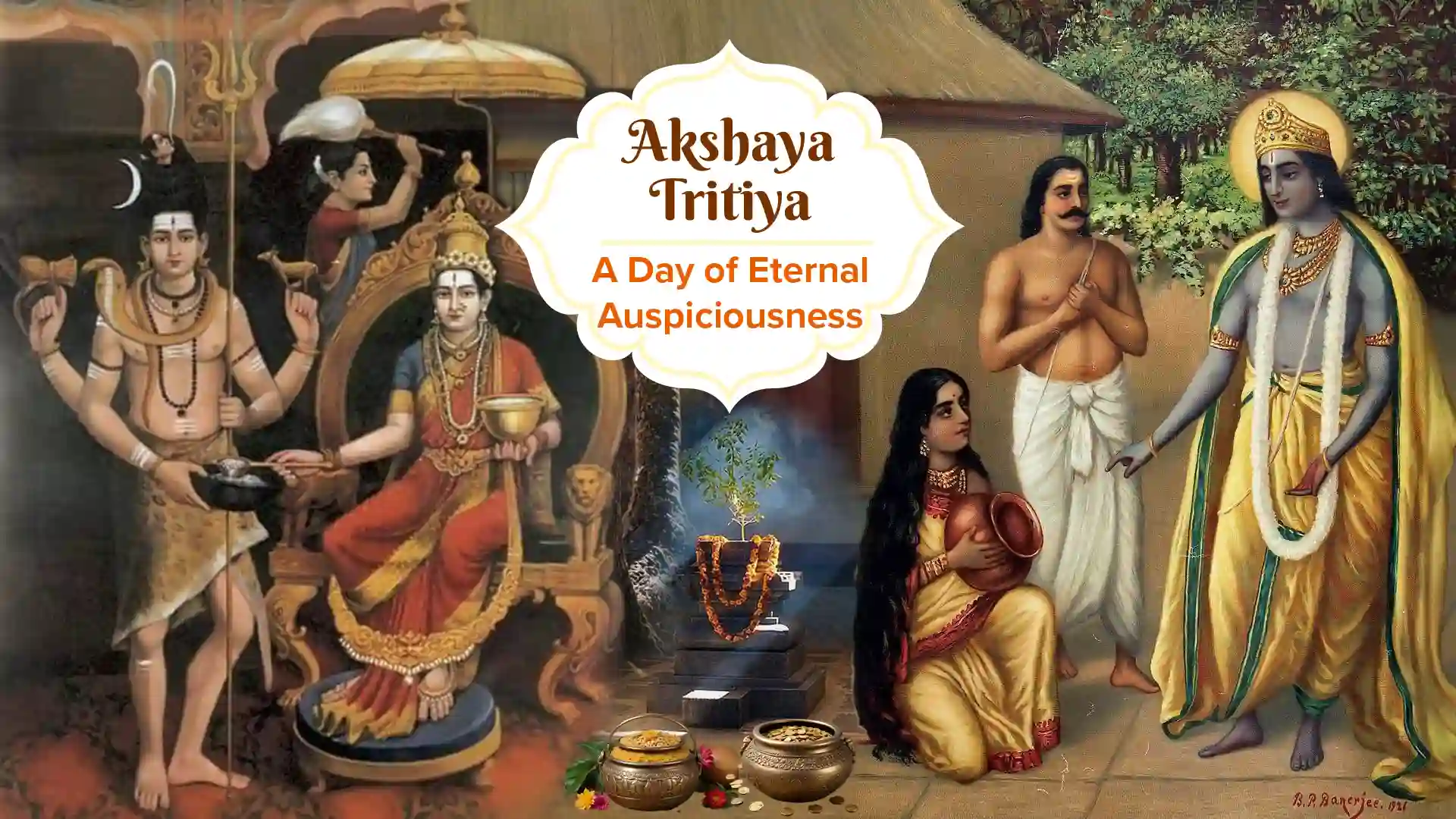The night of "Maha-Shivratri" (mahāśivarātri/महाशिवरात्रि) is a significant spiritual occasion for devotees who follow the path of spiritual growth and celebrate it in honour of Lord Shiva. According to the Hindu calendar, the festival falls on the 14th day of the dark half of Phalguna or Magha lunar month, corresponding to the period between February and March. The term "Maha" (Mahā/महा), which means supreme, often describes Lord Shiva's immense power and significance. The festival's name itself, "Shivratri" (śivarātri/शिवरात्रि), translates to the "night of Shiva" and is considered to be one of the most important nights of the year for devotees of Lord Shiva.
Devotees of Lord Shiva consider it an auspicious occasion to engage in intense sadhana, which involves various spiritual practices such as meditation, fasting, chanting, and offering prayers. Devotees believe that observing this night with utmost devotion and purity of heart can lead to attaining spiritual liberation and divine blessings from Lord Shiva.
History of Maha Shivratri and Different Origin Stories
The Divine Union: Tying the Knot of Lord Shiva and Mother Parvati
According to Puranas, Maha Shivratri commemorates the day when the celestial union of Lord Shiva and Mother Parvati took place. The festival holds immense significance as it symbolises the eternal bond of love and devotion between the divine couple. The marriage of Lord Shiva and Mother Parvati signifies the harmonious union of masculine and feminine energies, representing the cosmic balance and the essence of creation.
Tandav: The Celestial Dance of Lord Shiva
Maha Shivratri celebrates Lord Shiva's divine dance, known as Tandav (tāṇḍav/ताण्डव). This dance is considered one of the most captivating aspects of the festival. Tandav, the cosmic dance performed by Lord Shiva, symbolises the rhythm of creation, preservation, and destruction of the universe. As Lord Shiva dances gracefully, he represents the cycle of life, death, and rebirth, reminding devotees of the impermanence of existence and the eternal flow of time. The dance is an awe-inspiring spectacle that fills the hearts of devotees with wonder and amazement. It visualises the cosmic forces that govern the universe and the intricate balance between them.
The Emergence of the Lingam: Manifestation of Lord Shiva's Divine Form
Maha Shivratri is a festival that celebrates the divine emergence of Lord Shiva in the form of the Lingam (liṅgam or liṅga/लिङ्ग), as described in the Puranas. The Shiva Purana and the Linga Purana provide profound insights into the origin and symbolism of the Shiva Lingam, portraying it as the cosmic pillar of fire and the cause of all causes. Both texts depict the Lingam as a complete representation of the universe, with the oval-shaped stone signifying the cosmos and the base representing the Supreme Power holding it.
The Lingam represents the unmanifested aspect of Lord Shiva, beyond any physical form or attributes, and serves as a vital focal point that facilitates deep meditation and spiritual awakening.
Churning of the ocean and Lord Shiva consuming the Halahala.
According to the Puranas, during the Samudra Manthan (churning of the ocean) for the Amrit (elixir of immortality), the deadly poison Halahala (halāhala/हलाहल) emerged, threatening to engulf the universe with darkness, negativity, and destruction.
Faced with this crisis, Lord Shiva understood the gravity of the situation and selflessly intervened to safeguard the world from the poison's evil effects. In an act of supreme sacrifice and compassion, he consumed the lethal poison, which turned his neck blue and earned him the name "Neelkanth" (nīlkanṭh/नीलकंठ).
Despite the excruciating pain, Lord Shiva's divine grace and yogic powers contained the poison within him, preventing it from wreaking havoc on creation. Maha Shivratri commemorates this pivotal moment when Lord Shiva displayed his boundless love and concern for all beings by consuming the halahal for the welfare of creation.
The connection between Maha Shivratiri and Shri Krishna
A fascinating Leela (divine pastime) of Lord Shiva is associated with Shri Krishna. During the Maharaas (mahārāsa/महारास) Leela, Lord Shiva manifested himself as a Gopi (gōpī/गोपी ) to seek the highest bliss from Shri Radha-Krishna. He was in deep meditation in Kailash (kailāśa/कैलाश) when he heard the sound of a flute played by Shri Krishna during the Maharaas. He immediately went to Braja (Vrindavan) and requested to enter the Raas. However, the Chief Gopi of Maharaas did not allow him in his original form and asked him to come in Gopi form. Lord Shiva then went to the Yamuna River, transformed into a female form, and entered the Raas as Shivani Gopi. Since then, devotees have worshipped Lord Shiva as "Gopeshwar" (gopēśvara/गोपेश्वर) Mahadev, which means "Lord of the Gopis".
Srimad Bhagvatam declairs:
उच्चगानां यथा गंगा देवानामच्युतो यथा।
वैष्णवानां यथा शम्भुः पुराणानामिदं तथा।।
ucchagānāṁ yathā gaṅgā devānām achyuto yathā।
vaishṇavānāṁ yathā śambhuḥ purāṇānāmidam tathā॥
As the Ganga is supreme among rivers, and Lord Shri Krishna is supreme among deities, similarly, among Vaishnavas, Lord Shiva is supreme.
Therefore, Lord Shiva holds a unique and highly revered position among the devotees of Shree Krishna, especially among those who worship him with the purest, most affectionate love (mādhurya bhāv/माधुर्य भाव) and strive to emulate the devotion of the Gopis with unwavering ardour. Jagadguru Shree Kripalu Ji Maharaj encapsulated the true essence of a Krishna devotee's sentiment with utmost accuracy in his writing:
धरे गोपिका भेष महेश, कृष्ण प्रेम दे दो लवलेश।
dhāre gopikā bhēṣa mahēśa, kriṣṇa prēma dē dō lavalēśa
O Mahesh (Shiva), who has taken the form of Gopi, grant me just a fragment of Shree Krishna's Divine love.
How is Maha Shivratri celebrated?
- Observing Mahashivratri involves fasting, from consuming only fruits and milk to complete abstinence from food and water, which purifies the body and mind.
- Devotees perform rituals and offer prayers at Shiva temples, presenting sacred offerings like water, milk, honey, and bilva leaves to the Shiva Lingam.
- Performing Abhishekam, bathing the Shiva Lingam with Panchamrita (a sacred mixture of five ingredients - milk, yoghurt, honey, ghee, and sugar) is believed to bestow spiritual blessings and cleanse the soul.
- Throughout the night, devotees stay awake, praying, chanting, and singing devotional songs to invite Lord Shiva's divine presence.
- Some devotees perform a Homa, a sacred fire ceremony, chanting Vedic mantras dedicated to Lord Shiva and offering grains, herbs, and ghee.
- Pilgrims visit renowned Shiva temples seeking blessings, including Mahakaleshwar, Kedarnath, Somnath, and Kashi Vishwanath.
- People light bonfires called Dhuni on Shiva temples and streets on Shivaratri night. They gather around to sing devotional songs and Shiva bhajans.
- Cultural events, devotional music, and dance performances celebrate Lord Shiva's glory during Maha Shivratri.
What do people offer to Lord Shiva on Maha Shivratri?
As per the Puranas, Lord Shiva is fond of certain items. Some of these offerings include Jal (water), Abhishekam on the Shiv-Linga, Bel Patra (wood apple tree leaves), milk, curd, rice seeds, dhatura fruit, bhang leaves (cannabis), sandalwood, ghee, honey, shami (khejri) leaves, and an array of flowers like aparajita, aak (madar), kaner (oleander), jasmine, bael, lotus, hibiscus, and rose.
Additionally, devotees offer fruits, especially ber, moli (sacred red-yellow thread), holy Ganga water, and saffron, to invoke Lord Shiva's divine blessings. Furthermore, they present sweets such as barfi, peda, panjeeri, halva, and kheer as part of their devotional offering to Lord Shiva during this auspicious occasion. By offering these items, devotees seek to please Lord Shiva and gain his blessings for a fulfilling life.

